Tariff regulation is one of the most important factors for building an effective foreign economic policy by the state. What is the specificity of the participation of Russian authorities in this area of activity? What are the features of the legal rules governing the trade of the Russian Federation with other countries?
The essence of tariff regulation
Tariff regulation, according to a common definition, is one of the forms of state participation in foreign economic activity, which is used to optimize processes at the level of export and import. The authorities, using this tool, exercise their right to establish certain duties and tariffs in order to subsequently transfer the money received to pay these fees to the budget, or to solve some problems in the framework of protecting the national economy. Since in the process of import and export this or that product, as a rule, crosses the border, the considered type of activity is directly related to the customs structures. That is, the term "tariff regulation", as a rule, is used in the context of communications with foreign countries.

Of course, there are also other interpretations of this phenomenon. Thus, the term “tariff regulation” in the narrow sense (although this format for its use is less common than in the context of customs) may reflect the activity of certain structures related to setting state prices for a particular type of product or service. So, in particular, the activities of the Federal Tariff Service may be characterized as having relevance to the interpretation of the term under consideration. The competence of the FTS, therefore, is the internal tariffs for various kinds of goods or services.
In turn, in many regions there is a Tariff Regulation Committee, for example, in the Volgograd Region - a structure within the vertical of the executive branch of government, accountable to the FTS. Moreover, the names of its analogues, depending on the subject of the federation, may change. For example, in the Tomsk region there is a Tariff Regulation Department. However, it should be noted that the FTS and its subordinate structures have no direct relation to the work of customs. There are other state bodies whose competence is the actual customs and tariff regulation of foreign economic activity (or foreign trade activities). This is primarily about the Federal Customs Service. There is also information that this department may be merged with the Federal Tax Service.
Thus, tariff regulation can be understood in different ways, depending on the context. An important criterion here is the meaning of the term “tariff”. There is a traditional understanding of it, which predetermines its direct connection with customs procedures. At the same time, in the legal practice of the Russian Federation, an understanding of the tariff has formed as a synonym for pricing in general - both at the legal level and in the aspect of sources that are not normative acts, but are found everywhere - for example, catalogs of tariffs of mobile operators. One way or another, the main context in which the term in question is most often used is customs and tariff regulation. Consider the features of this phenomenon and its Russian model.
Tariff Regulation and Customs
So, the main context within which the term we are studying is used is the tariff regulation of foreign economic activity. What is the specificity of this process? As we have already noted, the main role in it is played by competent state structures. Tariffs at customs are one of the key elements of government participation in foreign trade policy. The main goals of such activities: replenishment of the budget, implementation of protectionist measures, fiscalization, stimulating the development of certain industries.
Customs and tariff regulation suggests that the state, by establishing certain duties and fees, for example, from goods imported into the country, helps to increase the competitiveness of domestic products. The fact is that fees paid at the border are included in the future in the cost of goods, which may be higher than if the buyer purchased them domestically from a local manufacturer. At the same time, the fiscal function reflects the task of collecting tariff revenues to the state budget. In particular, if we talk about the Russian model of the corresponding direction of state policy, then such payments play a crucial role in replenishing the state treasury.
The authorities, carrying out customs and tariff regulation of foreign economic activity, can also help increase the dynamics of national exports. In practice, this is usually achieved by lowering the corresponding rates or by zeroing them.
Non-tariff methods
There is tariff and non-tariff regulation of customs processes. What is the specificity of the activities of the second type? Non-tariff methods include, first of all, the issuance of various licenses, the development of various quality standards that may complicate the import of goods from abroad. As many experts believe, these methods are used mainly in the process of application by the state of just the same protectionist measures. The authorities can, thus, having identified formal barriers to the import of certain goods, create more favorable conditions for the national producer.
Experts note a number of shortcomings that accompany such methods of regulating trade. First of all, if the state uses non-tariff tools, this can be accompanied by a serious increase in prices within the country for a particular type of product. There are two reasons for this - a possible shortage of products due to the fact that national producers do not satisfy the volume of demand, or speculative phenomena when the supplier of goods sets high prices on a monopoly basis, due to the lack of foreign competition.
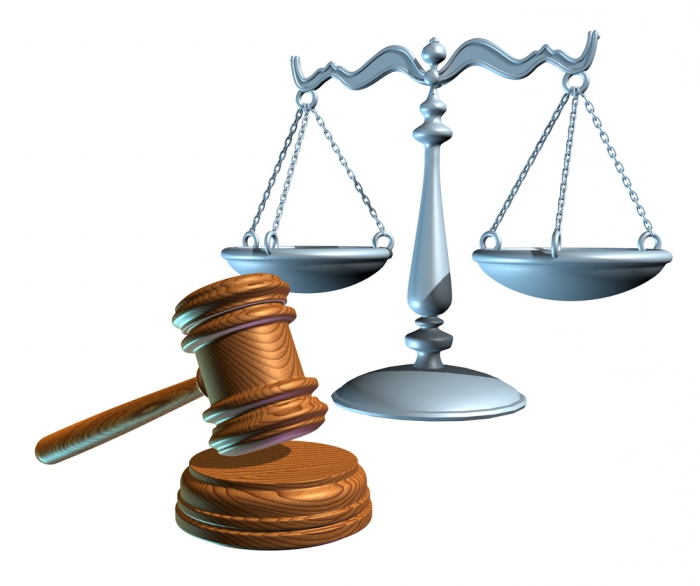
UN experts classify non-tariff methods into the following main types: licensing, quotas, setting minimum prices, as well as anti-dumping measures. Specific types of restrictions may vary. Among the most common are the establishment of extremely complex customs clearance procedures, the formation of unjustifiably strict technical (environmental, sanitary) standards, as well as stricter requirements for packaging, color, shape of goods, etc.
In addition to non-tariff regulation methods, various restrictions on foreign exchange and financial transactions (associated, for example, with cashing out profits of foreign companies), determination of preferential conditions for capital turnover for narrow groups of enterprises, etc. can also be practiced.
What are the main mechanisms by which the Russian state applies non-tariff methods? Among the basic ones that are present in the practice of customs regulation in the Russian Federation are quotas and licenses. The key agency that takes part in engaging the relevant tools is the Ministry of Economy.
In the Russian Federation, two main instruments are used within the framework of the “classic” type of customs regulation itself — these are tariffs and duties. Consider the specifics of each of them.
What is the difference between tariff and duty
A customs duty is a fee levied on goods that pass through the state border. Fees can be both import and export. Also, these two types complement in some cases transit ones. Marked instruments are designed primarily to fulfill the tax function. The amount of duties is established at the level of national laws.
In turn, customs tariffs adopted in the Russian system of state regulation of foreign economic activity are registers of goods that are subject to customs duties established in relation to them. Thus, the two tools under consideration are actually parts of a single one. Moreover, depending on the context and legal tradition adopted in a particular state, it may be called a “tariff” or “duty”. In the Russian Federation, according to some experts, the second term is more often used in relation to that “general” tool.
That is, if in a particular context we are not directly talking about the “tariff” in the main meaning (“register of goods subject to collection”), then it is permissible to use the term “duty” as denoting a single instrument by which tariff regulation of foreign economic activity is carried out .
Classification of tariffs and duties
Thus, customs tariffs and duties are actually two interconnected parts of a single instrument. At the same time, they, as we have defined above, are not synonyms when it comes to the conceptual apparatus within the framework of relevant legal acts and norms. Moreover, tariffs and duties are very different. Let's consider what basic types they are divided into.
As for tariffs, there can be several reasons for classifying them. Depending on the number of bets, tariffs can be simple (in which there is one bet) or complex (two or more). On the basis of their legal nature, tariffs are divided into autonomous and conventional. The first ones stipulate that the rate for them is determined on the basis of national legal acts, and not international ones. And convention tariffs are set taking into account the norms adopted by the state in the process of cooperation with other countries. Although in practice in their pure form, if we talk about the Russian model, they are rare. And therefore, many experts believe that it is more correct to call them autonomous-conventional.
Fees can be divided into the following types: special, anti-dumping, as well as countervailing. Regarding the former, it can be said that the tariff regulation of Russian-made foreign economic activities applies them as a protective measure in cases where the imported goods are capable of causing obvious harm to the interests of the national producer. Antidumping Duties are involved if a foreign supplier intends to import goods into the Russian Federation at a lower price than they are available within the state. Compensation types of fees are used when it comes to the import of goods that were produced subject to subsidies.
However, the basic criterion for the classification of duties is the direction of the flow of goods. That is, this type of fees are divided primarily into export and import. Consider the specifics of both types of duties in the framework of the Russian economic model.
The specifics of import duties in the Russian Federation
The customs and tariff regulation of foreign trade activities carried out by the Russian government involves the allocation of several levels of import duties - those that are set for raw materials, i.e., those levied on suppliers of materials, as well as those that are levied on businesses when importing finished goods or semi-finished products.The actual nature of the imported goods is also important - this affects the rates for this type of fees. So, for example, if we are talking about the import of equipment, food, textile products, then with respect to these categories of goods the duty can reach 30% or more. In turn, the rates for raw materials and semi-finished products can be several times lower. Some types of goods can even be exempted from duties - for example, medicines or baby food.
Specifics of Russian Export
Tariff regulatory measures used by developed countries imply a fairly limited use of export duties. This approach is generally close to the Russian model of state participation in foreign trade. Export duty most goods exported from the Russian Federation are not charged. However, this rule does not apply, in particular, with respect to the key subject of Russian export - oil, as well as its refined products. Export of "black gold" from the Russian Federation is subject to substantial fees.
For example, with regard to crude oil, Russian exporters must now pay a fee for it in the amount of 105.8 US dollars per ton. Among financial analysts, there are speculations that this value could grow by another $ 30 in the near future. At the same time, there is also information that for those companies that produce oil at some fields located in Eastern Siberia, the Caspian Sea, and also at Prirazlomnoye, which is owned by Gazprom, the export rate may be reset for some time.

As for high-viscosity oil, the duty on it is much lower than for ordinary. For example, now it is 13.3 dollars per ton. If we are talking about the export of gasoline, then with respect to it the duty is 89.8 dollars per ton. Which, experts say, can also grow. Note that the duty set for liquefied gases is now zero. The rate for light petroleum products now is $ 50.7, for dark ones - 80.4%. The export duty for coke is $ 6.8. According to analysts, the corresponding values for each of the noted oil products exported from the Russian Federation may grow in the foreseeable future.
In addition to oil and products based on it, export duties in the Russian Federation are subject to certain types of metals, varieties of fish, grain, timber. At the same time, a very large range of goods manufactured by Russian enterprises is not subject to taxes of this type. It can be noted that special conditions in the aspect of the state tariff policy of the Russian Federation function when organizing trade with the EAEU countries - Armenia, Belarus and Kazakhstan.
Determination of the amount of duty
Within what formulas tariff regulation foreign trade Russian model determines the amount of duties? As a rule, the size of the corresponding fees depends on the practice of building political and economic relations between specific states. The international status of a country may also be relevant. In some cases, for example, states that are classified as developing according to the criteria adopted at the level of world politics may receive preferences in the form of a reduced rate, the possibility of paying an installment fee or later, or even completely free from the corresponding obligation.
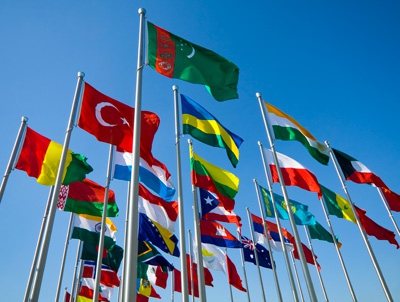
Experts note: the degree of trust and desire to build a compromise model in trade between states directly depends on the level of their political integration. Simply put, if countries are friends, then constructive economic relations are built between them - various kinds of rates are lower, fewer barriers, and, on the whole, favorable conditions for cooperation between enterprises are created.
The role of customs duties
Tariff regulation of trade is an essential component of the international policy of any state.The fact is that through the appropriate type of tools, the government regulates communications between domestic and international markets. Some experts believe that import duties are of the greatest importance in terms of filling the state treasury and a positive impact on the national economy. This also applies to the Russian model of state participation in customs and tariff policy. We noted above that for the RF some types of duties established for exported goods are also important. Especially those that are taxed on oil and products based on it.
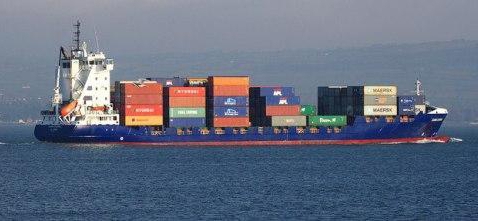
According to many economists, tariff methods of regulation of trade in the case of their unreasonably frequent application can lead to crisis phenomena in the economies of trading states. For example, the enthusiasm for various anti-dumping and other measures can lead, as we have noted above, to a shortage of goods or to a decrease in competition - in both cases there is a possibility of a significant increase in consumer prices. It can also be noted that high import duties on specific states can negatively affect the prospects for developing trade with them. The governments of those countries for which tariff regulatory measures are characterized by excessive stringency may themselves set too high requirements for partners. Which, in turn, may lose in revenue due to export volume restrictions.
International legal aspect
Tariff regulation is, therefore, part foreign policy state. Governments of the countries of the world can interact both in the course of direct communications, and in the process of creating structures involving the participation of a large number of countries united on a territorial, cultural or ideological basis.
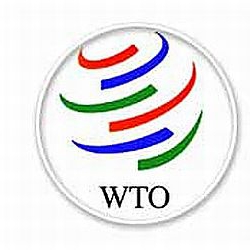
There are world-class trade associations - for example, this is the WTO. The role of the UN Conference on Trade and Development, such associations as the GATT, or, for example, the Brussels Convention on Commodity Nomenclature, is also important. Active international interaction of governments may predetermine some unification of the national legal framework, models for developing standards and norms in relation to the production of goods, and approaches to building a tariff regulation policy at customs.
The activities of international structures are designed primarily to facilitate mutual understanding of countries building partnerships. So that, for example, the ministry of tariff regulation and a similar structure in another state uses a similar conceptual apparatus for the correct drafting of agreements and determination of ways for joint development.
National legal aspect
In the legal systems of most countries of the world, there are also national regulatory acts related to tariff regulation. These can be separate laws that prescribe provisions reflecting the state’s customs policy processes, or independent codes that have the status of basic legal documents.
A variant is possible in which national legislation relating to customs regulation is gradually replaced by acts adopted at the level of international communications. So, for example, until 2010, the Russian Federation had its own Customs Code. However, it was replaced by the corresponding document, valid at the level of the countries of the Customs Union - the structure that preceded the EAEU.
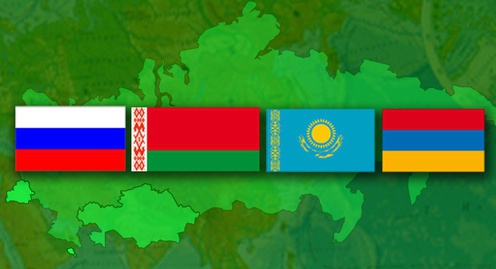
Now the Code, which establishes the rules and norms of trade for Russia, Armenia, Belarus and Kazakhstan, continues to be valid, however, there is evidence that in 2016 it will be replaced by a completely updated document. It is supposed to reflect provisions that greatly simplify trade between EAEU participants.








